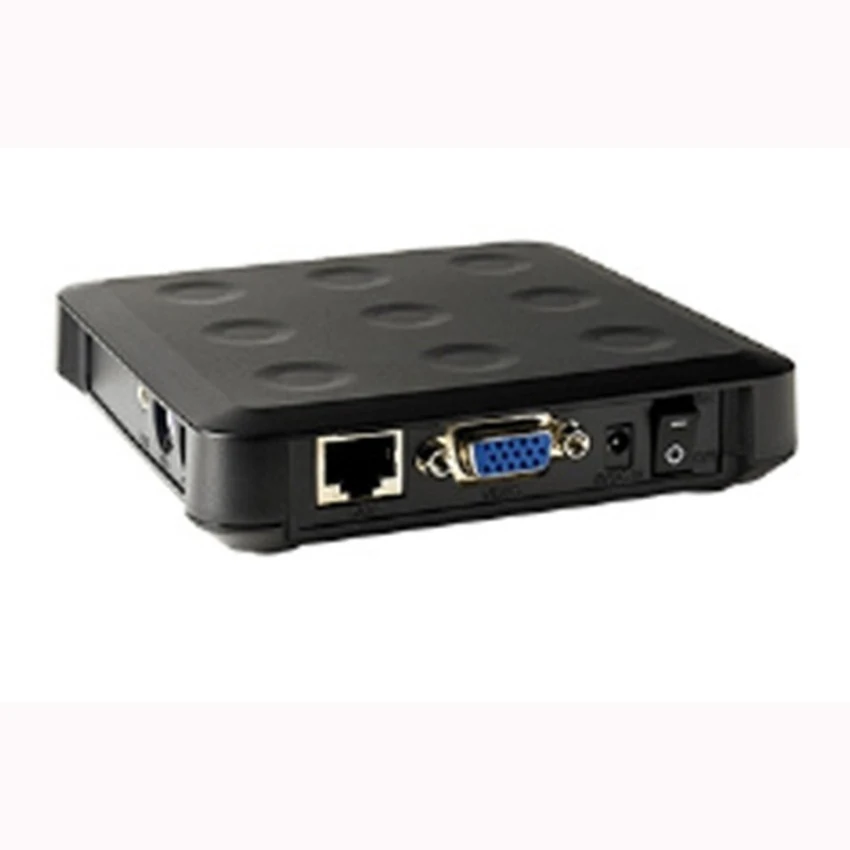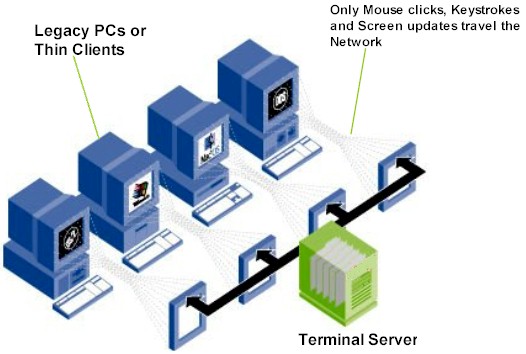

If tsclient is installed you should see the output of the command as: To verify it is installed simply enter the following command in a Terminal window: With Ubuntu, tsclient is installed by default. If the driver for going thin client is to reduce admin then I'd suggest that on a 10-user setup there will be little difference between 10 PCs and a server or 10 thin clients and a server.ĭo come back with more info about what you are trying to achieve and we can give some more specific guidance.Įdit - Based on further comments, if you already have a Windows server running with Terminal Services enabled and licenced (Terminal Services CALs) then you could setup a spare PC or three with thinstation ( ) - an Open Source app based on Linux that boots into a thin client.Tsclient is a GNOME program for remotely accessing Microsoft Windows NT/2000/2003 Terminal Services and XP Remote Desktop Sharing over RDP (Remote Desktop Protocol). There are a lot of things to consider before you head down the thin client route - especially ask yourself what is the principle driver for doing it - if it's to save money, then for a small 10-user setup I doubt if you'll do this by the time you have a central server powerful enough to support your users and have purchased all the clients, licences and support contracts + considered what extra hardware you need for redundancy and backup - remember, if the central server is offline, none of the clients can do anything. If you want to look at serious thin client infrastructures, you will need to talk to the likes of Citrix or Microsoft for their full platform options. Now, with regards to clients, as you want truly thin ones (rather than PCs running remote desktop), you need something like a 'WinTerm' unit - a device that supports the Remote Desktop Protocol (RDP) - A Web search will turn up some options, but for example - there's the Wyse product range:ĭo bear in mind that the thin clients are quite sophisticated devices and can cost as much (or more) as a simple PC running Windows (which could be used as a 'thin client').

There is a Microsoft document explaining the licencing terms here: Each thin client would require a Terminal Services Client Access Licence (CAL) and the server itself needs enough terminal services licences for 10 users. For the 'plain' Windows approach, you would be installing a core server, such as Windows Server 2008 with Terminal Services running.


 0 kommentar(er)
0 kommentar(er)
